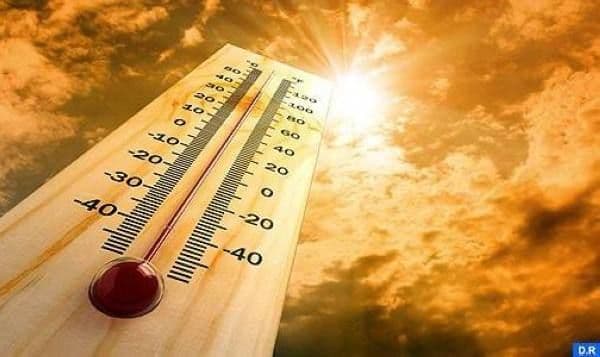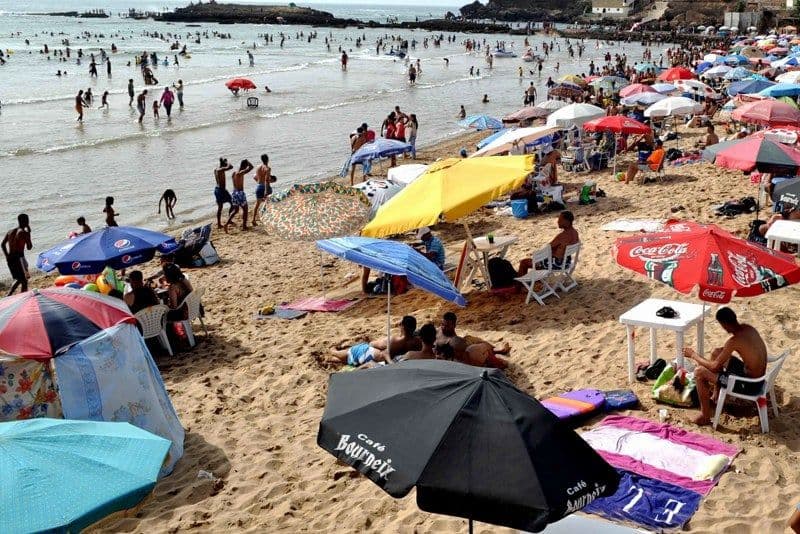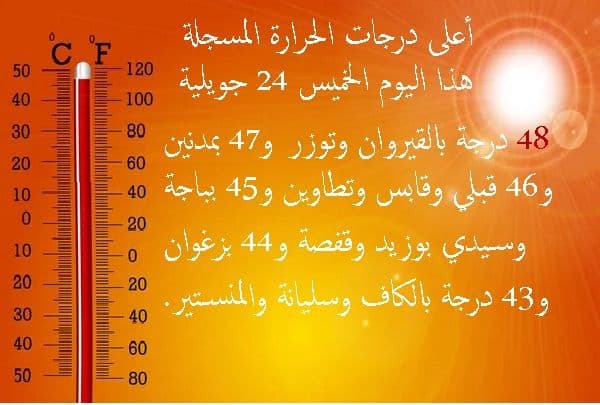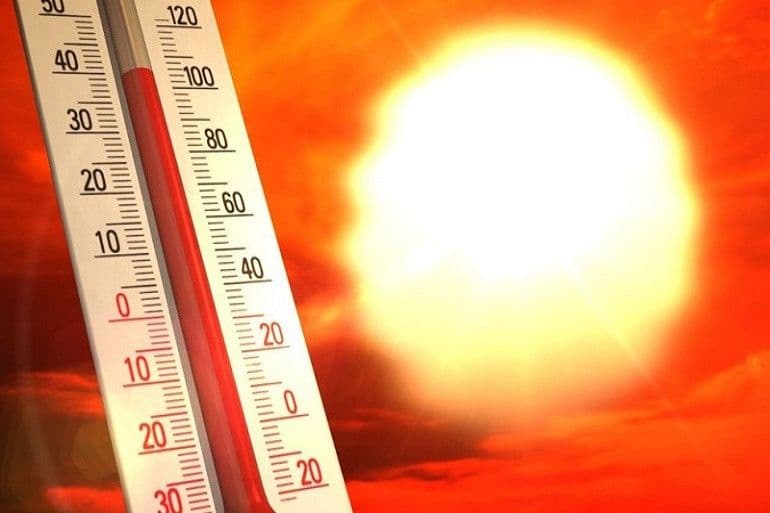Where Deserts Meet Oceans: Unveiling Morocco's Dynamic Climates
Explore Morocco's fascinating weather, from diverse microclimates to seasonal rhythms. Discover how its dynamic skies shape culture, economy, and future adaptation strategies.

Morocco's Climatic Canvas: A Land of Striking Contrasts
, a nation where the vast Sahara Desert meets the powerful Atlantic Ocean and the serene Mediterranean Sea, boasts a climate as diverse and captivating as its landscapes. Far from a uniform weather pattern, it's a land of striking contrasts, a meteorological mosaic shaped by its unique geographical position at the northwestern tip of Africa. Daily weather updates, like those frequently published by Hespress, often hint at this inherent variability, with forecasts ranging from sun-drenched coastal stretches to scorching inland plains and snow-capped mountain peaks. This dynamic interplay of oceanic influences, towering mountain ranges, and expansive desert creates distinct climatic zones within relatively short distances. Travelers might find themselves basking in mild Atlantic breezes in one day, only to be experiencing the crisp, dry air of the mountains or the intense heat of the pre-Saharan regions just hours later. It’s this remarkable range that defines Morocco’s climatic canvas, setting the stage for a deeper dive into its intricate weather systems.

From Atlantic Breezes to Saharan Sands: Exploring Morocco's Microclimates
Delving deeper into Morocco's weather story reveals a fascinating tapestry of microclimates, each with its own unique character. Along the extensive Atlantic coast, from to , the climate is distinctly oceanic, characterized by mild temperatures year-round, high humidity, and refreshing sea breezes that temper summer heat. This maritime influence is a welcome respite, often reflected in coastal weather predictions. Venture inland, however, and the picture shifts dramatically. The fertile plains and central plateaus experience a more continental climate, with hotter, drier summers and colder winters, sometimes prone to significant temperature swings. Then, there are the majestic , acting as a formidable climatic barrier. Here, an alpine climate prevails, bringing snowy winters – a surprising sight to many – and pleasantly cool summers, a stark contrast to the heat often reported in lower elevations. Beyond the Atlas, the climate transitions abruptly into the arid and hyper-arid conditions of the , where extreme heat dominates for much of the year, a reality vividly captured in local reports discussing intense heatwaves and dry conditions. This swift progression from one climate zone to another within the same country is truly extraordinary, shaping everything from local ecosystems to human habitation.

The Rhythms of the Moroccan Year: Key Weather Phenomena and Their Stories
Morocco’s year unfolds to a distinct climatic rhythm, marked by key weather phenomena that are deeply ingrained in the national consciousness. Summers, especially from July onwards, are synonymous with heat, often punctuated by intense heatwaves, or 'Samim' as it's traditionally known – a period of scorching, dry temperatures. News outlets closely track these conditions, often relaying updates from the about the duration and intensity of such periods, and sometimes, thankfully, dismissing the onset of particularly strong waves. Conversely, winters, typically from November to February, bring the much-anticipated rainfall, vital for the nation’s agriculture and water reservoirs. These wet periods are crucial, replenishing the land after the arid summer months. However, rainfall distribution can be uneven, leading to concerns about drought in some years. Spring and autumn serve as transitional seasons, offering milder temperatures and a mix of sunshine and occasional showers. The 'Chergui,' a hot, dry wind blowing from the Sahara, is another notable phenomenon, capable of rapidly raising temperatures and carrying dust, reminding everyone of the desert's powerful presence. These seasonal shifts and specific weather events are more than just meteorological data; they are integral to Moroccan life, dictating agricultural cycles and daily activities.

Weathering Life: How Climate Shapes Moroccan Culture, Economy, and Daily Living
The pervasive influence of Morocco's diverse climate extends far beyond temperature readings; it profoundly shapes the very fabric of Moroccan culture, economy, and daily living. Traditional architecture, for instance, with its thick walls, small windows, and central courtyards (riads), is a brilliant testament to centuries of adapting to heat and maximizing natural cooling. Even local news about public amenities, like the temporary closure of swimming pools, underscores how quickly daily life adjusts to prevailing conditions. The agricultural sector, a cornerstone of the Moroccan economy, is intrinsically tied to rainfall patterns, with farmers closely monitoring forecasts for their vital crops. The success of olive harvests, citrus groves, and cereal production often hinges on adequate winter rains. Tourism, another economic pillar, thrives on this climatic diversity, offering beach holidays, Atlas mountain treks, and Saharan desert adventures, each appealing to different seasonal preferences. From the design of traditional clothing, which offers protection against both sun and cold, to the timing of social gatherings and festivals, the weather dictates the pace and character of Moroccan life, making it a constant topic of conversation and planning.
A Changing Sky: Morocco's Adaptation to Evolving Climates
As global climate patterns shift, Morocco, like many nations, finds itself at the forefront of evolving climatic challenges. The frequent mentions of heatwaves and the ongoing need for water management, mirroring concerns seen even in regions like Greece, highlight the urgency. Morocco has been experiencing increased frequency of droughts, rising temperatures, and altered precipitation patterns, putting strain on its precious water resources and agricultural output. However, the Kingdom is not merely observing these changes; it's actively adapting. Significant national strategies are in motion, focusing heavily on water conservation through dam construction, efficient irrigation techniques, and the development of desalination plants. Investment in renewable energy, particularly solar and wind power, is another cornerstone of its climate resilience plan, aiming to reduce reliance on fossil fuels and mitigate emissions. Furthermore, there's a growing emphasis on sustainable agricultural practices and early warning systems for extreme weather events. These proactive measures, from large-scale infrastructure projects to community-level awareness campaigns, reflect Morocco's commitment to safeguarding its future against the backdrop of a changing sky, ensuring its vibrant culture and economy can continue to thrive.
Related Articles

Morocco's Shifting Skies: A Deep Dive into Its Dynamic Climate and Enduring Spirit

Morocco's Shifting Skies: A Deep Dive into Its Dynamic Climate and Enduring Spirit

The Chehili Chronicles: Unveiling Tunisia's Extreme Heat Phenomena

The Chehili Chronicles: Unveiling Tunisia's Extreme Heat Phenomena

When the Desert Speaks: Tunisia's Summer Weather and Its Unseen Dynamics

When the Desert Speaks: Tunisia's Summer Weather and Its Unseen Dynamics

Navigating Algeria's Turbulent Skies: The ONM's Critical Vigilance
